Posted by Tech.us Category: Business Growth Business Trends
We are a team of technology experts who are passionate about what we do. We LOVE our customers. We LOVE technology. We LOVE helping you grow your business with technology.
Artificial Intelligence Services
Machine Learning Solutions
Generative Al Companies
Robotic Process Automation
Natural Language Processing
Chatbot Development Services
Enterprise AI Solutions
Data Annotation Services
MLOps Solutions
IoT Solutions
Data Mining Solutions
Computer Vision Services
Custom LLM
AI Agents
Agentic AI Development
Custom Software Development
Enterprise Software Solutions
Software Development Services
Website Development Services
Software Product Development Services
SaaS Development Services
Mobile App Development Services
Custom Mobile App Development
IOS App Development
Android App Development
Enterprise Mobile App Development
Hybrid App Development
Software Development Outsourcing
Dedicated Development Team
Staff Augmentation Services
IT Outsourcing Services
Data Analytics Services
Data Analytics Consulting Services
Business Intelligence Solutions
Software Modernization
Application Modernization Services
Legacy System Modernization
IT Security Solutions
Cyber Security Solutions
Cyber Security Managed Services
HIPAA Compliance Cyber Security
Cloud Application Development
Custom Web Application Development
Cloud Consulting Services
AWS Cloud Consulting Services
Enterprise Cloud Computing
Azure Cloud Migration Services

POPULAR POSTS
01
How To Improve Document Processing Accuracy Using Document AI
02
The Guide to Chatbot Development & What to Seek while Hiring a Company
03
Understanding Natural Language Processing: The What? The How? and The Why?
04
11 Proven Benefits of AI Chatbots for Businesses in 2025
05
A Complete Guide to SaaS Product Development
Posted by Tech.us Category: Business Growth Business Trends
Have you ever come across an application or software that instantly piqued your interest? Like many, you probably immediately downloaded or tried to access the product.
The app’s description, features, functionality, design, and consumer reviews made the technology seem interesting. That is until you have it installed and the first thing that greets you is a lengthy signup form. Before you realize it, you’ve exited the app and deleted it without really finding out if it truly does provide you with the solutions you needed.
You’re not alone. Many users are quick to dismiss applications and software with poorly designed user onboarding because the experience it provided was far from ideal. But what exactly is user onboarding and how is it beneficial?

User onboarding is the process of providing active guidance so that users are able to find value in the product you’re offering. Through the onboarding process, as an entrepreneur, you can make sure that your customer is able to adopt the product successfully the first time. These products are typically SaaS software.
In most instances, the onboarding experience typically includes the first impression (initial experience), quick training, and adaption. The last objective of the onboarding experience is accomplishing that eureka effect — or the exact moment the user finally realizes the true value of the software product.
When you take the time to create a good user onboarding experience, you not only work towards teaching consumers how the technology you created works but you also drive towards making them feel valued.
This feeling introduces them to the idea that the company that created the product cares about their experience and is eager to ensure they receive the solutions they need — in a manner that is uncomplicated, reliable, and secure.
For entrepreneurs, creating an amazing onboarding experience is a way for you to turn your leads into actual sales. It allows you to gather data that you can use for targeting audiences in future projects or to learn what kind of updates would make these end-users keep coming back for more. From a marketing perspective alone, it should be no surprise why user onboarding is important to a business.
Much can be gained from successfully encouraging new users to immediately derive value from the tool you created, and this can be done with the aid of onboarding. Here are some core benefits:

By teaching users how to get started with using the product, you also improve their initial experience with your brand. This then results in a higher likelihood of them wanting to make a purchase, and then another. When you onboard, you improve the chances of creating better customer conversions.
Users are able to see the value of the application even better if you’re able to curtail the churn rate. If you think that having an easy-to-use product is enough — you’re wrong. Having an excellent user onboarding process can make a huge difference.

As previously mentioned, one of the goals of onboarding new users is to attain the eureka effect, or the “Aha!” moment, a lot faster. This keeps users in a good mood all the way to the product page and will give them bigger motivation to purchase something since they feel safe and secure while connecting with your company online.
A well-crafted user onboarding experience can help encourage growth in both conversions and your software revenue.

If you’re able to create and implement a flawless and effective onboarding process, like a tutorial that’s interactive and quick, you’re able to eliminate the need for consumers to reach out to support for assistance in resolving issues that should not be present in the first place.
Essentially, your incorporation of a reusable user onboarding framework leads to the automation of numerous customer support tasks, and, as such, you end up reducing the costs that are associated with it.
This means less time is invested in structuring and managing a large customer support team since a small number of qualified professionals can take on the tasks just as well.
In addition to this, designing a successful user onboarding process is not as difficult as you may imagine. There are countless platforms and solutions that exist today for the easy creation and integration of user onboarding that is both engaging and interactive.
Creating dynamic user onboarding will depend on the software product, as well as the targeted audience. Thus, its design should be as well thought out as the product itself. There’s no one-size-fits-all solution. Each business must create an onboarding process to cater to their needs specifically. Here are three examples of the most commonly used applications and how their onboarding was created:

The popular streaming platform Netflix is one of the most used products in the world, with millions consuming it on a daily basis. The company was smart enough to ensure that its users need little to no instructions to figure out how to work the app.
The design of the menu, controls, and the usual functions were designed to meet the expectations of its users. Icons like the one used for the menu need to be easily distinguishable and must be positioned in an expected location.
Actions like double-tapping and swiping should have the standard effect that customers have seen in other apps. Utilizing the same familiar actions drastically reduces the user’s learning curve.
One of the major challenges many products face is getting users to sign up and start paying for their software or service.
Netflix’s one-month free trial is an ingenious way to get users hooked on the product, enough to make payments willingly to access the content. Their sign-up screen offers a simple explanation of what the service is about, followed by a simple chart detailing the one-month free trial and the costs that would follow once that trial is over. Its strong call to action encourages users to get started on the trial.
Although Netflix requires some key information, such as a registered email, password, and payment details, each of these pages/screens is left as basic as possible. Netflix then prompts its users to select certain preferences in order for it to start suggesting content that is relevant.
No other instructions are provided once you’re successfully logged on, but because of its clean interface, additional instructions are hardly necessary.
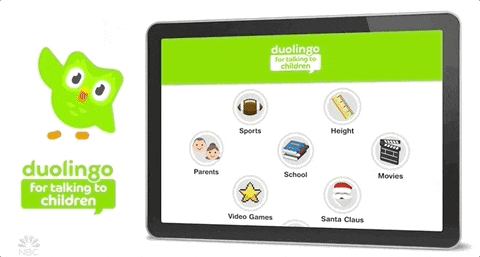
Ask any user and they will tell you that there’s nothing more annoying than having to complete an overly complicated registration process. Having to input so much data even before learning enough information about the product or whether it does actually solve a user pain point can result in users abandoning the process halfway through.
This is where DuoLingo switches things around. Knowing how complex registrations are a turn-off, they instead start by showing their value to a potential customer. DuoLingo elects to have users go through a class, right from the start.
Because of this design, users already know what they can expect from the app way before they have to provide a single piece of personal information. In fact, it’s possible to gain access to a fair amount of the software’s functionality without needing to register, but of course, DuoLingo adds regular friendly reminders of the superior experience and added functionality that can be gained by registering.
Progress meters are also used to give users an idea of how far along they are in each class and the registration process. This creates the perception that the process is quite manageable due to the set endings.
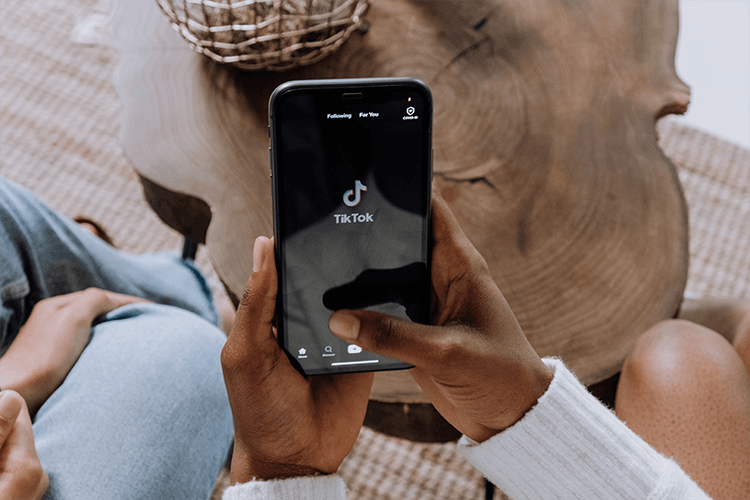
Breakthrough app of the year goes to fan-favorite TikTok. This viral short-form video content software has managed to attract both the young, the old, the working professionals, celebrities, and even government officials.
TikTok’s onboarding experience immediately pushes the “Aha!” feeling from the get-go. They do this by creating a more custom and personalized experience through the push for users to select their interests.
Short-form videos aren’t new, in fact, they were already being utilized by platforms like Snapchat and Instagram. What makes TikTok’s onboarding version really clever is the encouragement it repeatedly gives users to scroll through their dedicated feed. According to the app, the more it’s used, the more relevant and personalized the content becomes. This is a practice common on many algorithms, but what makes TikTok a success is the way it dangles the promise to ensure that new users are hooked on the product first. It’s crafty, yet very effective.
In a world where everyone uses a piece of software on a daily basis, any business that wants to create better products, better experiences, and generate more revenue from repeat customers need to learn how to leverage user onboarding.
Well-crafted user onboarding is much more than just teaching users how to operate your product. The success of your user onboarding process happens when it’s able to tell your consumer why they need the product and how much the product can be of use to them — showing them its true value.

How To Create Artificial Intelligence That Your...

7 Steps to Protect Your Business from Cyber Warfare...
Get Free Tips
NEWSLETTER
Get Free Tips
Submit to our newsletter to receive exclusive stories delivered to vou inbox!
Thanks for submitting the form.
RECENT POSTS
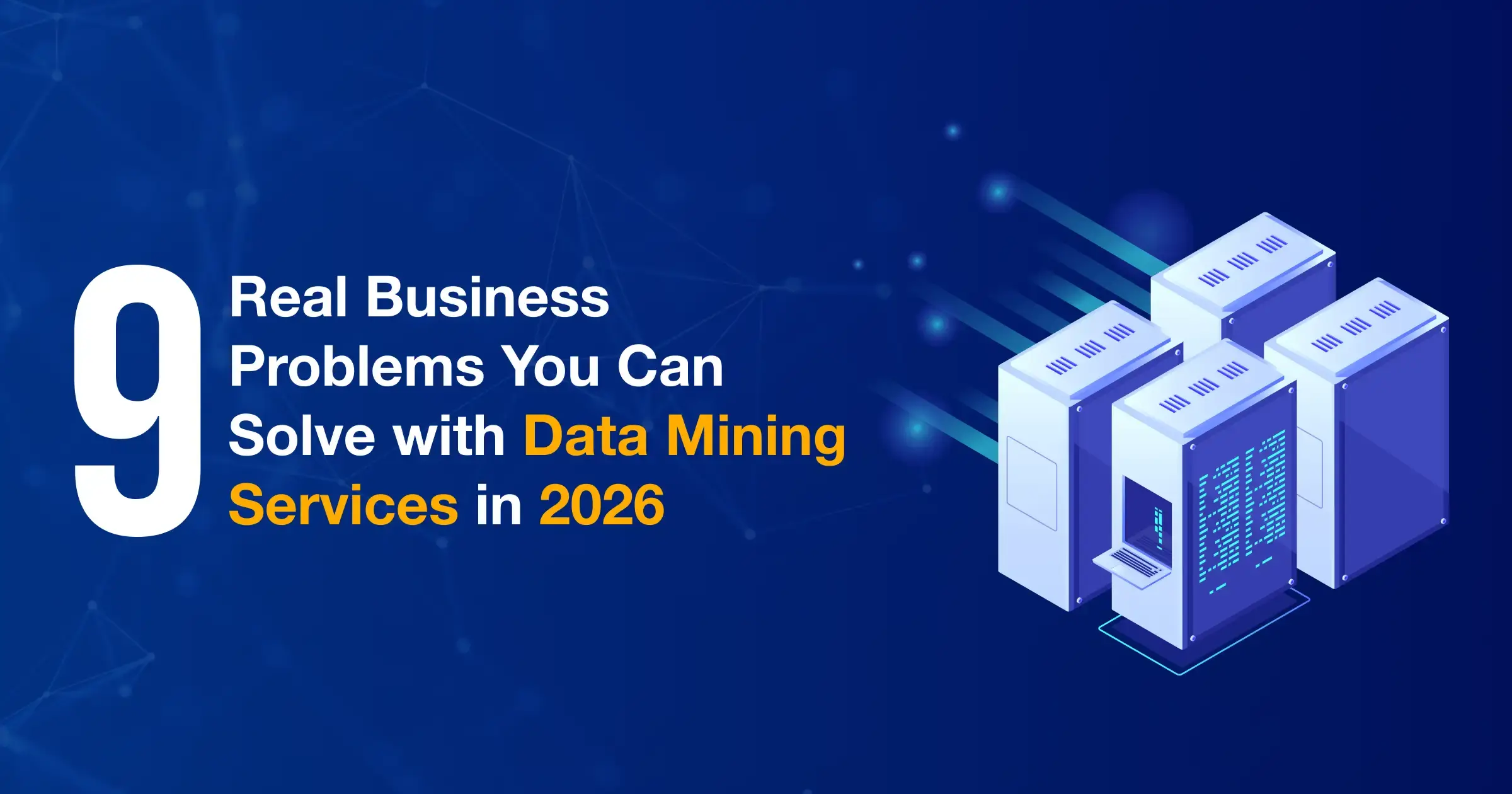
9 Real Business Problems You Can Solve with Data Mining Services in 2026
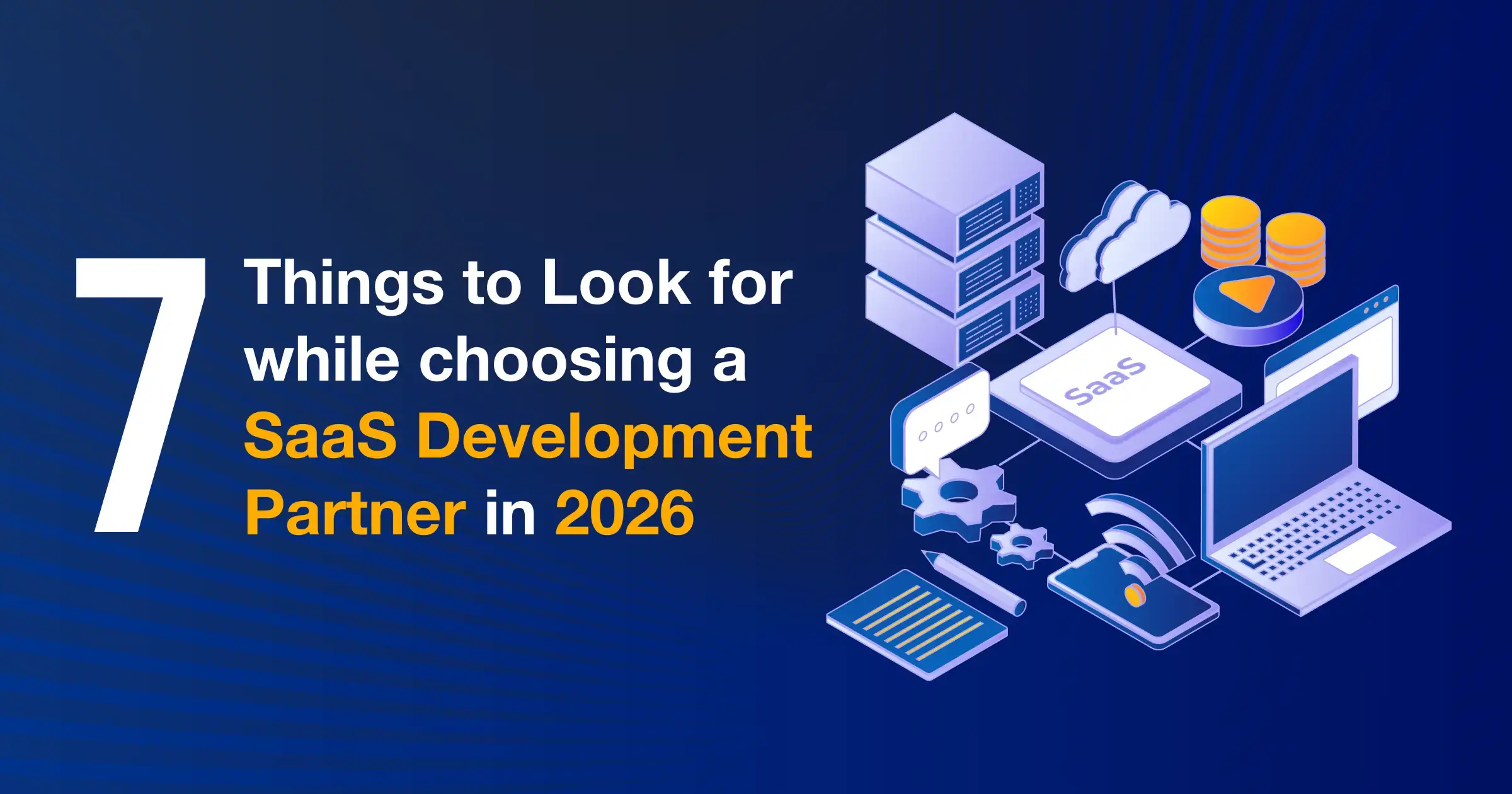
7 Things to Look for while choosing a SaaS Development Partner in 2026
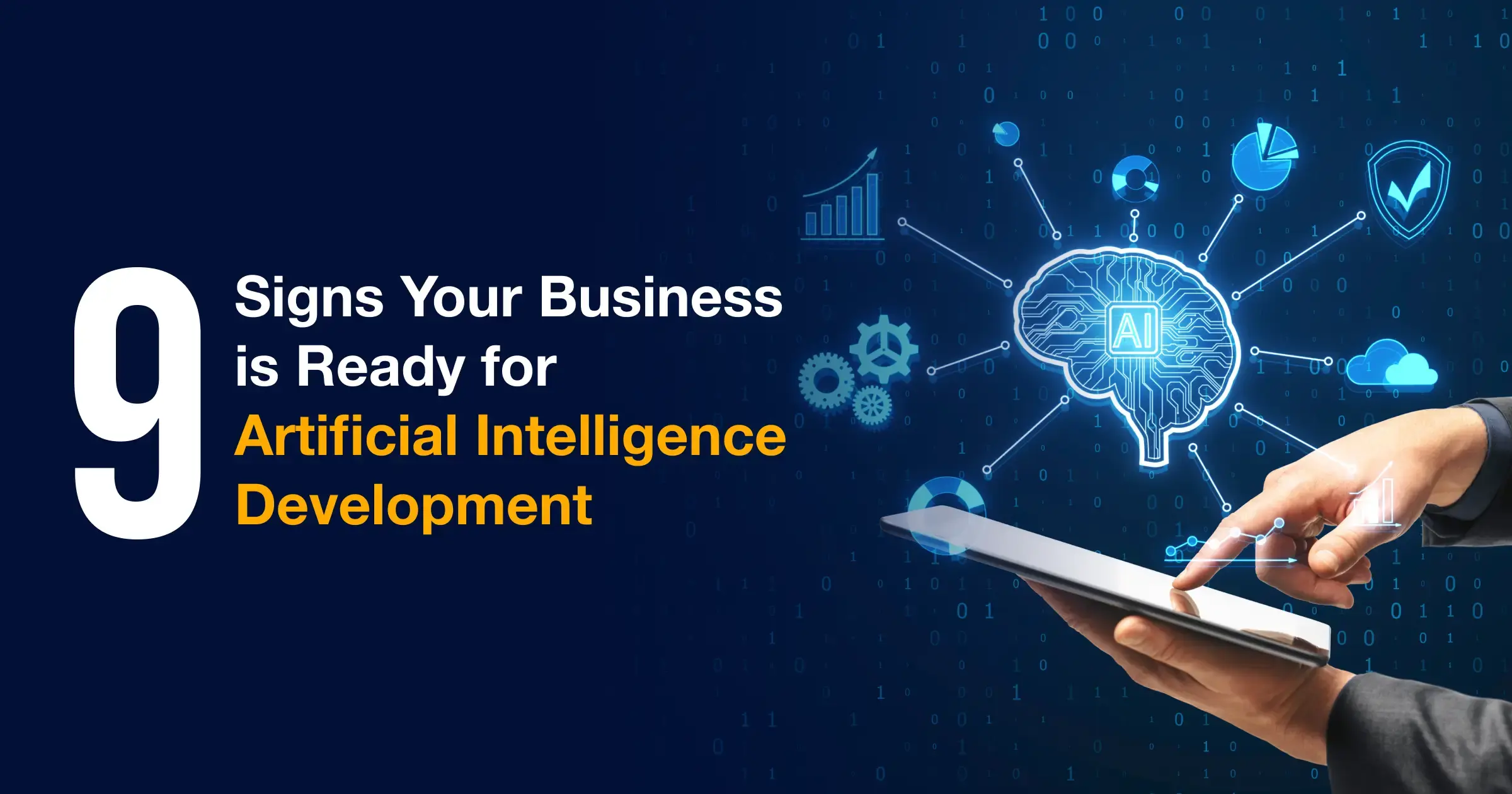
9 Signs Your Business is Ready for Artificial Intelligence Development

How Smart Data Annotation Cuts the Hidden Cost of Bad Data in Enterprise AI

In-House vs Outsourced Software Development: A Strategic Guide for CEOs
We are a team of technology experts who are passionate about what we do. We LOVE our customers. We LOVE technology. We LOVE helping you grow your business with technology.
Our Services
Talk to US